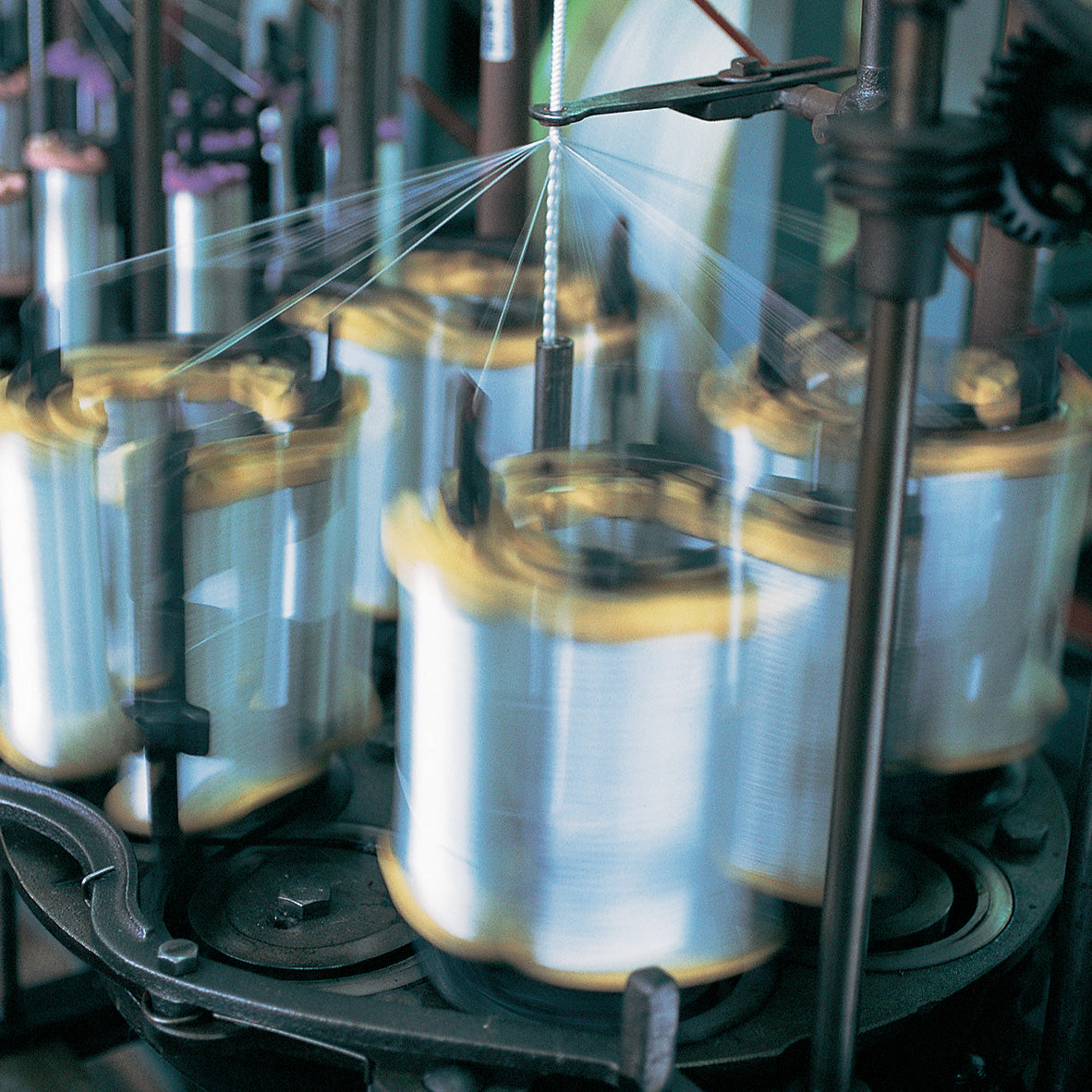In the realm of fishing, the evolution of gear and equipment has been pivotal in enhancing the angler's experience and success rate. Among these advancements, Polyethylene (PE) lines stand out, primarily due to their PE ratings, a system that has redefined fishing line selection and application. This article dives deeper into the essence of PE ratings, their origin, and the significance of denier weight in understanding and utilizing these lines to their fullest potential.
The Genesis of PE Ratings
PE ratings were introduced to offer a standardized method for comparing the strength and diameter of braided fishing lines. Before this system, anglers faced challenges in assessing the true capabilities of their lines, given the variations in thickness and strength across different brands and types of lines. The PE (Polyethylene) rating system emerged as a solution, providing a clear, uniform standard that could be applied internationally.
The creation of PE ratings was motivated by the need for consistency and reliability in fishing gear. As fishing techniques and targets vary widely, from freshwater pursuits to deep-sea fishing, anglers required a method to precisely select lines that matched their specific needs without guesswork or brand discrepancies.
Understanding Denier Weight and Its Role
At the core of the PE rating system lies the concept of denier weight, an age-old measure used in textiles to denote the thickness of fibers. Denier weight refers to the mass in grams of a 9,000-meter length of the fiber or line. When applied to fishing lines, particularly PE lines, this measurement offers a quantifiable means to gauge the line's thickness and, indirectly, its strength.
The adoption of denier weight in the context of PE lines was a significant step towards creating a universally understandable metric. It allowed manufacturers and anglers alike to speak a common language regarding line thickness, ensuring that a PE-rated line purchased in one country would closely match the specifications of a similarly rated line elsewhere, irrespective of brand.
The Practical Implications of PE Ratings
PE ratings serve multiple purposes in the fishing community. Primarily, they simplify the process of line selection. By understanding the PE rating of a line, anglers can make informed decisions about the gear that best suits their fishing style, target species, and environmental conditions. This rating system also facilitates the comparison of lines across different manufacturers, providing a baseline for evaluating performance, durability, and suitability.
Furthermore, the PE rating system encourages innovation among manufacturers. By adhering to a standardized measurement, brands strive to enhance the strength-to-diameter ratio of their lines, pushing the boundaries of what PE lines can achieve. This competition drives the development of stronger, thinner lines that perform better and offer anglers a competitive edge.
The Significance of PE Ratings in Modern Fishing
Understanding PE ratings and denier weight is crucial for modern anglers. These metrics not only inform the selection of fishing lines but also impact the overall strategy and approach to fishing. With the ability to choose lines that offer the optimal balance of strength and diameter, anglers can tailor their setups for maximum efficiency and effectiveness, whether targeting light-biting trout in clear streams or pursuing massive marlin in the open ocean.
In conclusion, the introduction of PE ratings and the incorporation of denier weight as a standard for measuring fishing line thickness have revolutionized the fishing industry. These innovations have provided anglers with the tools needed to select the right line for any situation, enhancing their experience and success. As fishing technology continues to evolve, the principles behind PE ratings will remain a cornerstone, guiding anglers through the complex world of fishing gear selection.


Leave a comment